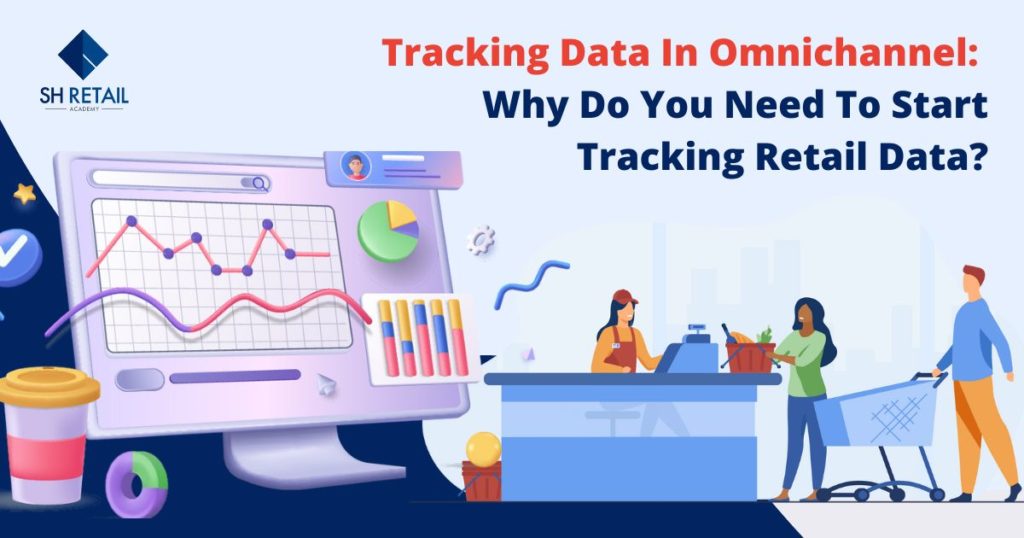As mobile internet and information technology advances, consumers’ shopping journey has also been changed from pure in-store visits to the mixture of both in-store visits and online store visits. With this emerging consumer trend, it has made more and more retail companies adopt a business strategy that integrates both online and offline business stores. Nevertheless, when huge amounts of time and money are invested, do they help to enhance the business?
Tracking Data In Omnichannel : Why Do You Need To Start Tracking Retail Data?
- Identifying consumer trends
- Increasing marketing ROI
- Improving store productivity
Identifying Consumer Insights
To win customers’ hearts, it is important for retailers to understand their potential customers’ behavioral data. From the average value of sales per customer per visit to average number of likes or shares of a post on social media and average time spent on viewing an online page. If all these data are being taken into account , it would offer a bigger and more accurate picture to retailers and help them to make better informed business decisions.
Increasing Marketing ROI
Without looking at the retail data, chances are high that retailers make business decisions purely based on their intuition that might be opposed to the retail data. On the other hand, through understating retail data such as click-through rate or lead generation rate from each marketing post, in-store promotion or marketing email, it could help retailers to measure the effectiveness of their marketing strategies. With this information, retailers can stop marketing strategies that do not provide the expected results and they could fully utilize all their marketing budget on marketing strategies that really boost their business.
Improving Store Productivity
When retailers track retail data like customer dwell time at different sections of their offline store and online store, retailers would better understand the spots that draw the most attention of customers. This could potentially help retailers to determine the best spots to place the suggested product and best store layout . On the online platform, dwell time information of their potential customers could also help retailers to formulate their customer engagement strategy. As the customers receive more relevant engagement, retailers would naturally get more buy-in from the customers, hence increasing the sales of the store.
All in all, tracking retail data would bring you one step closer to your omnichannel strategy’s success. To ensure that all the business channels initiatives contribute to the overall growth of your business, you will need to start tracking the retail data that is already at your hand and make sure that your business decisions are in accordance with what retail data suggest. Wondering what are the important data and key performance indicators of your business channels that would contribute to your business growth? Want to learn more in-depth on the breakdown of online and offline store KPI that would affect your business? Fret not! You can check out our Professional Certificate in New Retail Marketing. If you’d like to check out our other programs, feel free to click here.
Written by Lim Ee Hau,
SHRA Corporate Trainer
Ee hau is a member of the SHRA trainer team. He has a psychology background and he is passionate in assisting individuals to achieve their life goal. He loves to connect with people by initiating insightful conversation. He enjoys swimming and you can catch him bouldering in the gym during his free time.
4,609 total views, 1 views today
